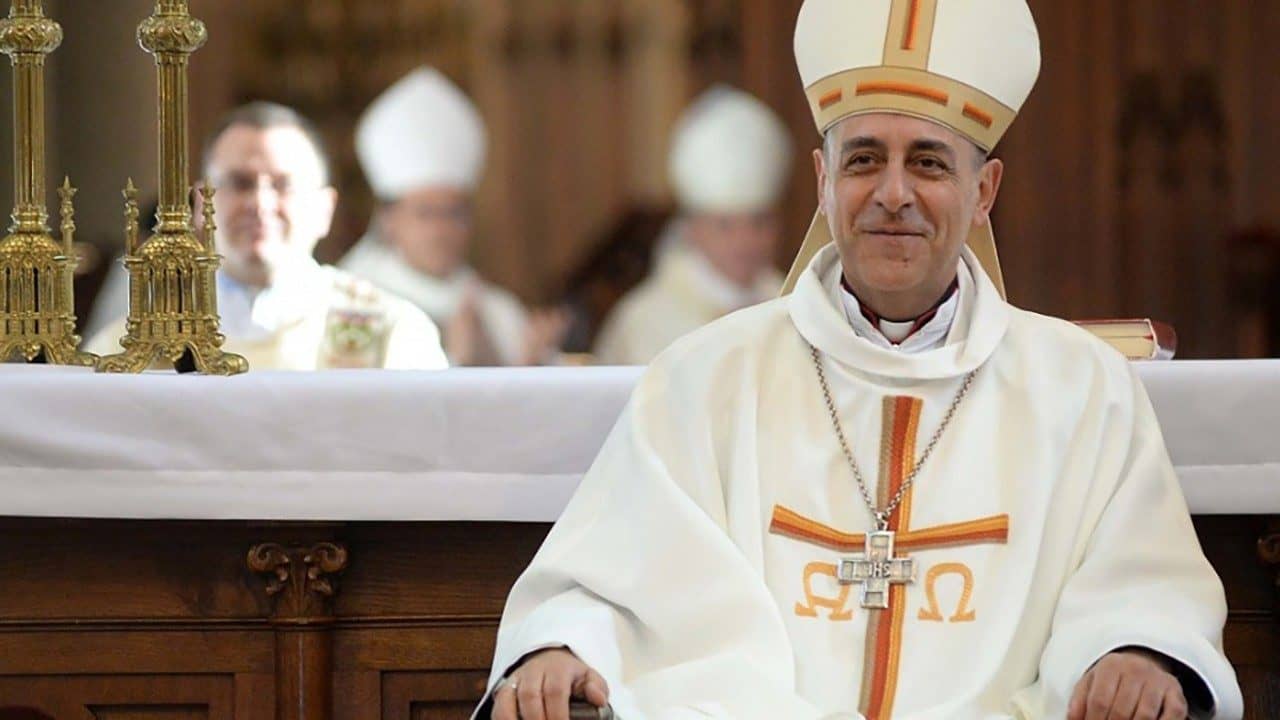ROME – Wednesday afternoon marked the first time the Oct. 6-27 Synod of Bishops on the Amazon broke into small working groups organized by language called the circoli minores, where the initial order of business was to elect two leaders: a moderator to run the discussion, and a relator to report it to the full synod.
There are twelve such small groups this time, two in Italian, four in Portuguese, five in Spanish, and one in French. (This is the very first Synod of Bishops I’ve covered in over twenty years, by the way, in which there’s no working group at all in English.)
One interesting point about the balloting, results of which were released Thursday, is that in 11 of the 12 working groups, either the relator or moderator, or both, come from a religious order. In all, seven moderators and eight relators are religious, with the only group in which one or the other isn’t someone from religious life is the first Spanish group led by Cardinal Carlos Aguiar Retes of Mexico City and Archbishop Archbishop José Luis Azuaje Ayala of Maracaibo, Venezuela.
Four of the 24 positions are held by members of the pope’s own Jesuit order, including Spanish Cardinal Luis Ladaria, head of the Vatican’s Congregation for the Doctrine of the Faith; Father Roberto Jaramillo Bernal, head of the Latin American Jesuit Conference; Father Alfredo Ferro Medina, co-head of the Jesuit Pan-Amazonian Service; and Cardinal Jean-Claude Hollerich of Luxembourg, the newly elected president of the European bishops’ conference.
In retrospect, such a high number of religious among the leaders of the working groups probably was predictable given the composition of the synod. Of the 184 voting members, 98 are members of religious orders, representing 53 percent of the total membership. By way of comparison, among Catholic priests overall around the world, those belonging to religious orders were just 32 percent of a total of 414,969 in 2018.
One might say that such a preponderance of religious is befitting a synod dedicated to the Amazon, which has long featured a strong presence of missionaries from the orders.
That, however, doesn’t quite explain the consistory Francis staged the day before this synod opened, on Oct. 5, which didn’t feature a single new cardinal from the Amazon but eight of the thirteen new Princes of the Church were nevertheless religious, including three Jesuits.
Those gestures capped what was already a long list of occasions in which the pope’s affection for religious was clear, such as his decision in early July to name six nuns as full members of the Congregation for Institutes of Consecrated Life and Societies of Apostolic Life, the Vatican department that oversees religious orders, the members of which previously had been all-male.
“Every consecrated person is a gift for the People of God on a journey,” the pope said during a Sunday Angelus address in February. “Consecrated persons are signs of God in diverse environments of life, they are leaven for the growth of a more just and fraternal society, prophecy of sharing with the little and the poor.”
He called a Church without nuns in particular “unimaginable.”
The basic point is that after two papacies in which members of established religious orders often felt neglected in favor of new outfits such as Opus Dei, the Legion of Christ, the Neocatechumenate, Communion and Liberation and Focolare, the orders now have a pope who’s one of them, who relies on them, and who tends to choose their members when it comes time to move people up the ladder.
It’s hard to say what impact such a large share of religious at the leadership levels of the Church might have – whether, for instance, it might produce a deeper spirit of “synodality,” since community life is all about learning to get along and reaching consensus, or whether it will drive the Church toward a more pervasively missionary posture.
It’s often said that religious orders embody the charismatic dimension of the Church, while the hierarchy and the diocesan structure represent the institution. Like so many soundbites, the line conceals as well as it reveals – because, let’s face it, you can go into the headquarters of plenty of religious orders in Rome and encounter some fairly thick institutional dynamics, just as you can walk into a number of diocesan chanceries around the world and find some awfully loosey-goosey, charismatic vibes.
Still, one could say that in some ways the Francis papacy is an experiment in making the charismatic dimension of the Church its institutional backbone as well. Whether that ends up revitalizing the institution, giving it a new lease on life, may be an open question. Things could break the opposite way, inducing even more centrifugal pressure at a time when the institution could use greater stability. Come to think of it, they could break in both directions at once.
What’s certain is that after 35 years in which religious orders often felt like yesterday’s news, they’re back in business. If nothing else, it’s an illustration of that great truth of Catholic life: If you just wait long enough, you’ll see absolutely everything in the Church, plus its direct opposite.
Follow John Allen on Twitter: @JohnLAllenJr
Crux is dedicated to smart, wired and independent reporting on the Vatican and worldwide Catholic Church. That kind of reporting doesn’t come cheap, and we need your support. You can help Crux by giving a small amount monthly, or with a onetime gift. Please remember, Crux is a for-profit organization, so contributions are not tax-deductible.















